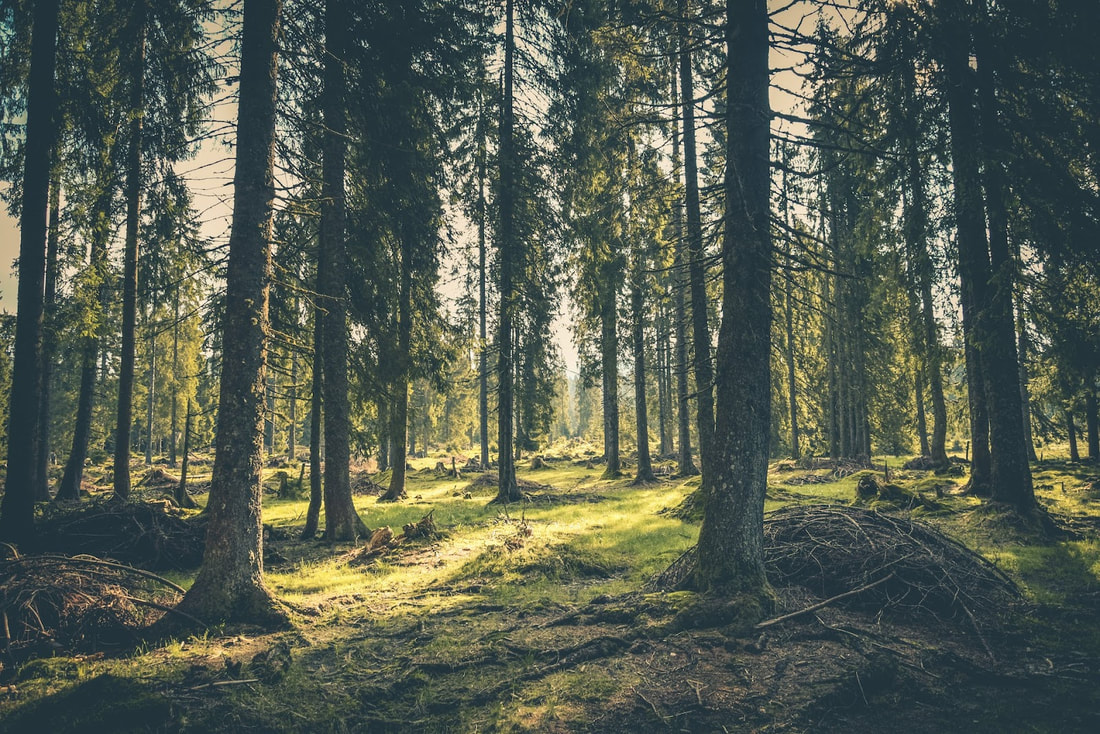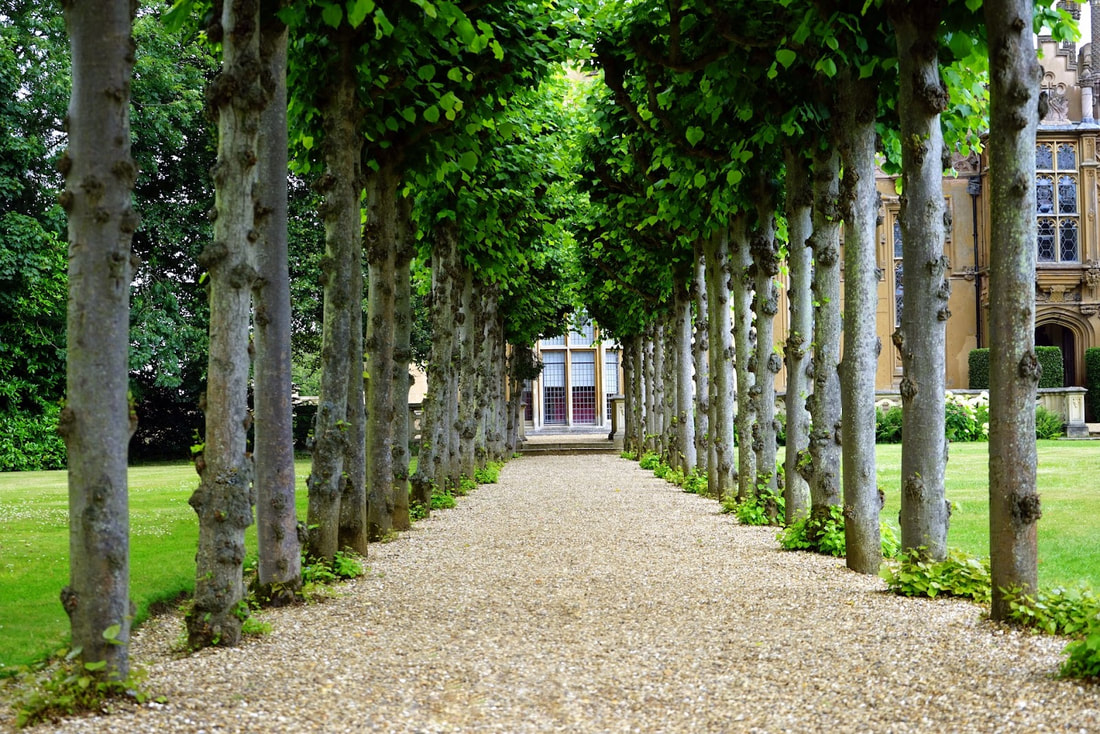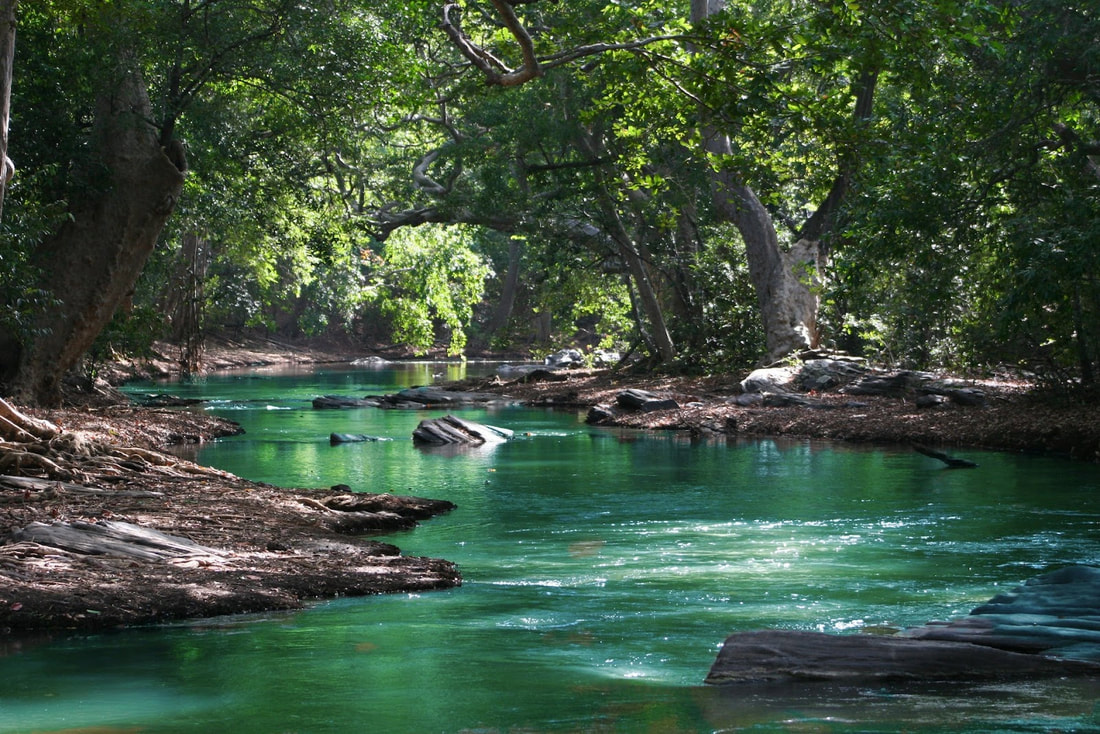|
Trees, often referred to as the lungs of our planet, play a pivotal role in our environment. They provide shade, produce oxygen, and are essential habitats for countless species. Yet, despite their significance, there's a surprising amount of misinformation floating around about these majestic beings. From old wives' tales to misconceptions passed down through generations, myths about trees are as abundant as the leaves in a forest. In this blog post, we aim to shed light on some of these myths, ensuring that our readers have accurate and practical knowledge to care for and appreciate trees in the best possible way. Myth #1: Trees Can Heal Themselves No Matter What:At first glance, trees might seem like invincible giants. After all, they withstand storms, endure changing seasons, and some even live for thousands of years. This resilience has led many to believe that trees can recover from any injury or ailment on their own. While it's true that trees have remarkable self-healing mechanisms—like the ability to seal off damaged areas with a special tissue called callus—it's essential to understand their limits. For minor injuries, such as small cuts or scrapes, a tree can often recover without intervention. However, when faced with larger wounds, severe infestations, or diseases, a tree's natural defenses might not be enough. For instance, a significant bark injury can expose the tree to pathogens, leading to decay. Similarly, certain pests and diseases can overwhelm a tree's defenses, causing long-term damage or even death. In such cases, intervention, whether it's proper pruning, treatment, or even seeking advice from a tree professional, can make all the difference. It's crucial to remember that while trees are resilient, they're not invincible. Proper care and timely attention can ensure they remain healthy and continue to grace our landscapes for years to come. Myth #2: All Trees Need Regular Pruning:Pruning is often seen as a haircut for trees—a regular trim to keep them looking their best. But is it always necessary? The truth is, not all trees require the same level of attention when it comes to pruning. In nature, trees grow and shed branches without any human intervention, finding their own balance. However, in urban and suburban settings, strategic pruning can be beneficial for a tree's health, aesthetics, and safety. For young trees, formative pruning can help establish a strong structure, reducing potential issues as the tree matures. For older trees, removing dead or diseased branches can prevent the spread of decay and reduce the risk of falling limbs. But over-pruning, or "tree topping," can be detrimental, leaving trees vulnerable to disease and stunting their growth. The key is understanding the specific needs of each tree species and individual tree. For instance, flowering trees might be pruned to enhance their bloom, while fruit trees could be pruned to increase yield. It's always a good idea to consult with an arborist or tree care professional before making significant cuts, ensuring that your tree remains healthy and vibrant for years to come. Myth #3: Trees Can Grow Anywhere As Long As They Have Soil:It's tempting to think that with a bit of soil, any tree can thrive anywhere. After all, trees are the ultimate symbols of endurance and adaptability. However, the reality is a bit more nuanced. Just as fish have preferred water conditions and birds have favored habitats, trees have specific environmental preferences that determine their health and growth. Soil quality is just the tip of the iceberg. Factors like soil pH, drainage, and nutrient content can significantly impact a tree's ability to thrive. Some trees prefer acidic soils, while others flourish in alkaline conditions. Additionally, the depth and compactness of the soil can affect root growth and water absorption. Beyond soil, other factors come into play. Light exposure, temperature, humidity, and even altitude can determine whether a tree will flourish or flounder. For example, a palm tree, symbolic of sunny beaches, would struggle in a cold mountainous region, while a pine tree might find the tropics inhospitable. When choosing a tree for planting, it's essential to research its natural habitat and requirements. Local nurseries or tree care professionals can provide valuable insights, ensuring that the tree you plant has the best chance to grow strong and healthy in its new home. Myth #4: You Don't Need Professionals for Tree Care:The DIY spirit is commendable, especially in an age where information is just a click away. Many homeowners believe that with a few online tutorials and some determination, they can handle tree care on their own. While it's true that minor tasks like light pruning or mulching can be managed by most, the complexities of tree care often go beyond what meets the eye. Trees, like any living organism, have specific needs and vulnerabilities. Incorrect pruning can not only alter a tree's aesthetics but can also expose it to diseases or structural weaknesses. Diagnosing tree diseases or pest infestations isn't always straightforward, and improper treatment can exacerbate the problem. Moreover, tasks like tree removal or heavy pruning can pose significant safety risks, especially without the right equipment or expertise. Professional arborists and tree care specialists undergo extensive training and certification. They understand the intricacies of different tree species, are updated on the latest care techniques, and have the necessary tools to handle tasks safely and efficiently. While it might seem cost-effective to handle tree care independently, the long-term health of your trees and personal safety often justify seeking professional assistance. Myth #5: Trees Don't Need Water Once They're Established:There's a common belief that once trees have settled into their environment—usually a few years after planting—they're self-sufficient, drawing all the water they need from the ground. While mature trees indeed have more extensive root systems capable of sourcing water from deeper underground, this doesn't mean they're immune to water stress. All trees, regardless of age, can suffer from drought conditions. Extended periods without adequate water can lead to a range of issues, from leaf drop and reduced growth to increased vulnerability to diseases and pests. While it's true that established trees don't need as frequent watering as newly planted ones, they still benefit from occasional deep watering, especially during dry spells. The key is to monitor the soil moisture levels. If the ground around the tree feels dry several inches below the surface, it's a good indication that the tree could use some supplemental watering. Remember, a well-hydrated tree is not only more resilient but also contributes more effectively to the ecosystem, providing shade, habitat, and cleaner air. Myth #6: Planting Trees Close to Buildings is Always Safe:Ah, the allure of a tree casting its gentle shade upon your home, reducing cooling costs in the summer and adding a touch of nature's beauty right outside your window. While this picture is undoubtedly appealing, planting trees too close to structures can come with a set of challenges that many homeowners might not anticipate. Trees, as they grow, expand both above and below the ground. Above, their branches can come into contact with roofs, windows, or power lines, potentially causing damage or safety hazards. Below, their root systems spread out in search of water and nutrients. In their quest, these roots can interfere with building foundations, plumbing systems, and even sidewalks or driveways. Some species, like willows or poplars, have particularly aggressive roots known to cause issues if planted too close to structures. It's not just about physical damage, either. Trees can also influence the moisture levels in the soil around foundations, which can lead to structural problems over time. It's essential to consider the mature size of a tree and its typical root behavior when deciding on a planting location. If in doubt, consulting with a local nursery or arborist can provide guidance on the best species and planting distances for your specific situation. Final Thoughts on Tree MythsTrees are undeniably magnificent. They offer shade, beauty, and countless ecological benefits. Yet, like many aspects of nature, they come with their own set of intricacies and needs. As we've explored in this post, there are several myths and misconceptions about tree care and planting that can lead to unintended consequences. By equipping ourselves with accurate knowledge and seeking expert advice when needed, we can ensure that our leafy companions thrive and coexist harmoniously with our urban landscapes. After all, a world where humans and trees grow side by side, understanding and respecting each other's needs, is a world we all aspire to nurture.
Comments are closed.
|




 RSS Feed
RSS Feed